A lynx is a medium-sized wild cat. There are four species of lynx: Canada lynx, Eurasian lynx, Iberian lynx and bobcat. The lynx most likely evolved from the Issoire lynx, a wild cat that ranged in Europe during the late Pliocene (5.4 – 2.4 million years ago) to Pleistocene (2.5 million to 11,700 years ago) epochs. The Issoire lynx had a larger head, longer neck and shorter, but stronger limbs.
The largest of the four lynx subspecies is the Eurasian lynx. The Eurasian lynx inhabits forests in Europe, Central Asia and Siberia. The Canada lynx can be found throughout Canada, some parts of Alaska and areas in the northern United States. It inhabits forested and tundra regions. Bobcats are a North American cat with 13 subspecies.
Scientific Name:
- Canada lynx – Lynx canadensis
- Eurasian lynx – Lynx lynx
- Iberian lynx – Lynx pardinus
- Bobcat – Lynx rufus
Conservation Status:
- Least Concern – Eurasian lynx and bobcat
- Threatened – Canada lynx
- Endangered – Iberian lynx
Physical Appearance
Lynx have short tails, black-tipped ears and big, padded paws that help them move through the snow. Lynx fur colors can range from white-grey/beige to gold and brown. Sometimes, you will see dark spots on the fur. A lynx will also have white fur on its chest, belly and the inside part of their legs.
Fur color, fur thickness, and size of paws depend on the climate where the cat lives. The Canada lynx is 31 to 41 inches long, 19 to 22 inches high, and weighs 18 to 24 lbs. The Eurasian lynx can grow up to 51 inches long, reach up to 28 inches in height and weight up to 66 lbs. Bobcats grow up 39 inches in length, 24 inches tall, and weigh up to 31 lbs. The Iberian lynx reaches 43 inches in length, 28 inches in height and weighs up to 28 lbs.
The lynx’s back legs are much longer than its front legs. It has a short tail with a black tip and tufts of fur on its ears and chin.
Habitat
The lynx can be found in high altitudes where there are forests and areas with dense coverage. The Eurasian lynx is a central northern European wild cat that also inhabits Asia, Pakistan and India. The Canada lynx is mostly found in Canadian and Alaskan forests. The bobcat lives in places throughout southern Canada, the United States and northern Mexico. The Iberian lynx is native to the Iberian Peninsula, located in the southwest corner of Europe.
Hunting and prey (diet)
The lynx is a meat-eater. It preys on small and medium-sized animals such as rodents, squirrels, birds, hares, deer, and reindeer. The lynx stalks its prey and then attacks with a pounce. It is a solitary cat that hunts mostly at night. Lynxes have excellent hearing and eyesight. Females will give birth in hidden locations like a tree log or tangled roots and branches.
Reproduction and lifespan
The mating season for a lynx is typically in early spring or late winter. After mating, the female will give birth in approximately two months. There are usually 1 to 4 kittens in a litter. A lynx will only breed once a year.
Conservation threats
Declining lynx populations result from trapping and hunting and habitat loss due to urbanization, road construction, and logging.

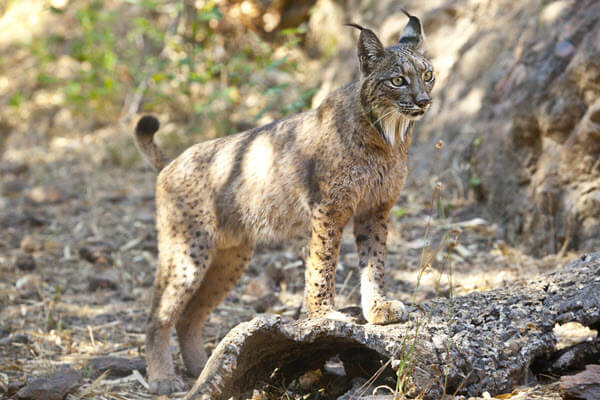
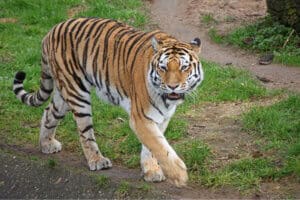

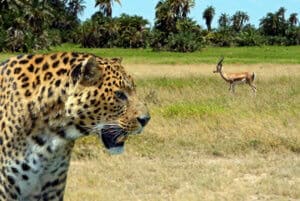



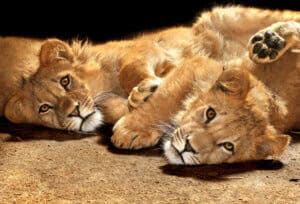
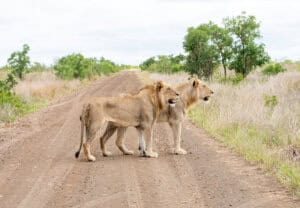



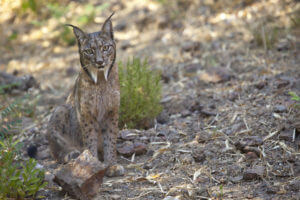




0 Comments